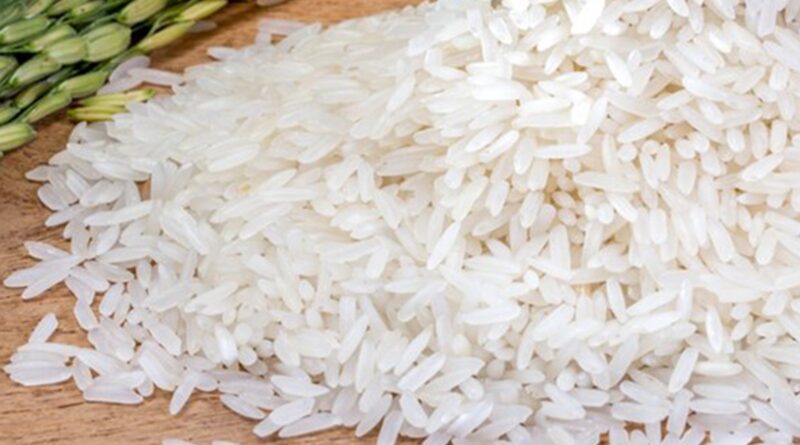Govt may reduce floor price for basmati rice exports
By Sandip Das
The government is considering a proposal to reduce the minimum exports duty (MEP) of $950/tonne imposed last year in shipment of basmati rice, as global prices of some varieties of the aromatic rice have already fallen below the floor. The prices have declined amid expectations of good harvest in this kharif season and high carry-over stocks.
Sources told FE that there have been several rounds of discussions held with the exporters on the issue recently, and a decision to reduce MEP is expected shortly.
Mandi price of early harvested 1509 basmati paddy variey has declined to Rs 2500/quintal from Rs 3000/quintal prevailed a year ago. The arrival which is expected to commence by the end of next month is expected to pull down prices of premium Pusa 1121 variety of paddy below the last year level’s of Rs 4000/quintal.
The production of basmati rice is projected to rise by 10% from 7 million tonne (MT) this year from the previous year because of higher area under aromatic rice. Punjab has reported more than 12% increase in the area under basmati cultivation to 0.67 million hectare (MH) this year from 0.59 MH last year.
In addition, exporters said that there will be around 0.5 MT of carry forward stock in the next season (2024-25) starting October 1.
“For the two months last year when the government hike MEP for the basmati rice to $ 1200/tonne in August and subsequently reduced it to $ 950 tonne in October, we lost the market to Pakistan by more than 0.5 MT in that two months,” Ranjit Singh Jossan, vice president, basmati rice millers and exporters association of Punjab, told FE. Jossan has stated that a reduction in the MEP to $700 per tonne would make aromatic rice shipment from India more competitive with Pakistan.
Pakistan currently imposes a MEP of $ 750/tonne on basmati rice.
In October last year, the government reduced MEP for basmati rice shipments to $950/tonne from $1,200/tonne, fixed on August 25 to restrict ‘illegal shipment of white non-basmati rice’ whose shipment was banned in July last year.
However, exporters said that higher MEP would be detrimental to domestic prices, which would result in fall in prices. Out of 7 MT of basmati rice last year, only 2 MT is consumed domestically.
“Importing countries have created a huge stock of basmati rice last fiscal and carry forward stocks have been higher because of bumper output last kharif season last year,,” Vijay Setia, managing director, Chaman lal setia exports, a leading exporter of aromatic rice,
In FY24, India exported a record 5.24 MT of aromatic rice valued at $ 5.83 billion. During April – May period of 2024-25, the country exported 0.96 MT of basmati rice, which is 15% higher on year. In terms of value, shipment of basmati rice was valued at 1.03 billion on year so far which was 13% higher on year.
Geographical Indication-tagged basmati rice is grown in 70-odd districts in Punjab, Haryana, western Uttar Pradesh, Jammu & Kashmir and Uttarakhand.
The aromatic and long grain rice commands a premium in the global market. India has a share of around 75%- 80% in the world aromatic rice market, while Pakistan holds a share of around 20% in basmati rice exports.
This article has been republished from The Financial Express.

